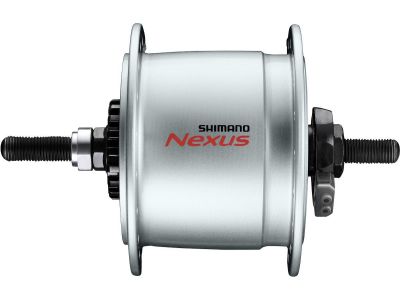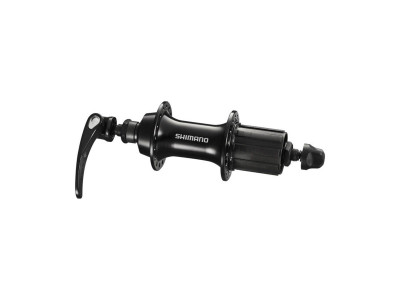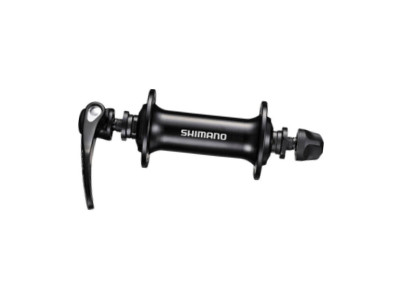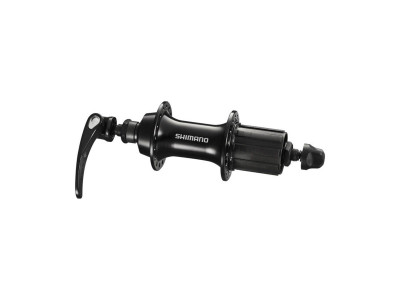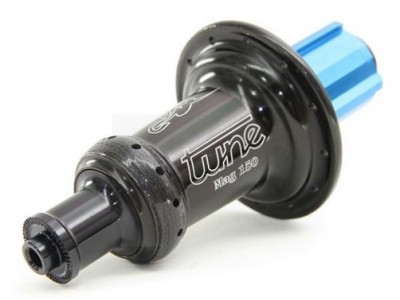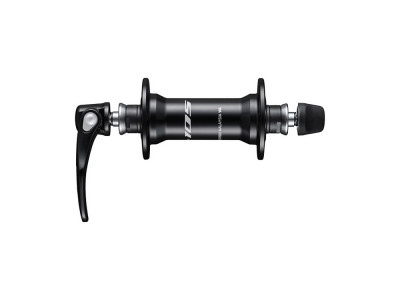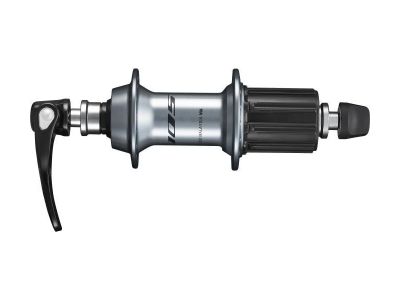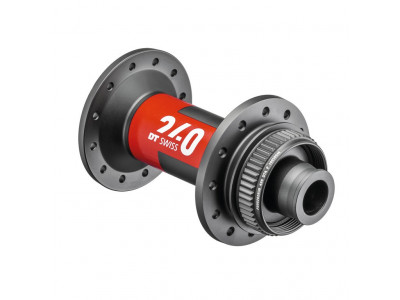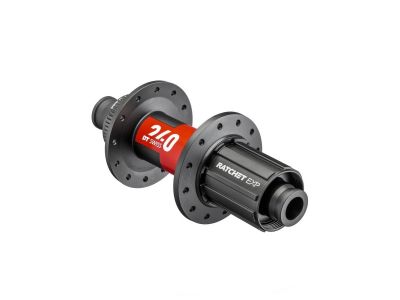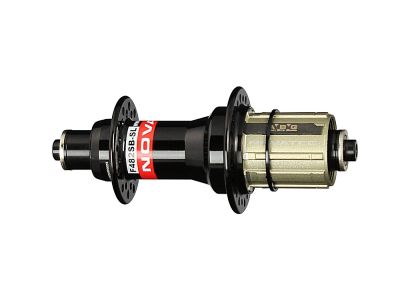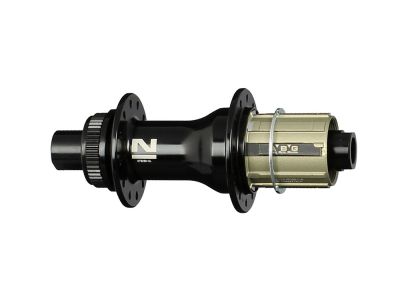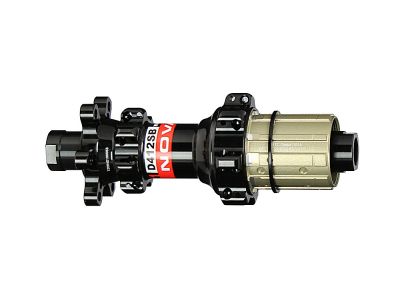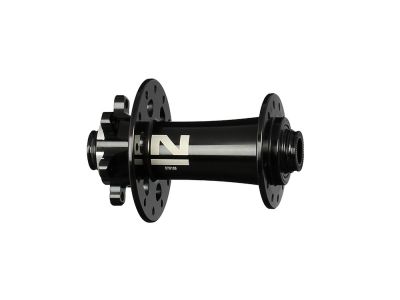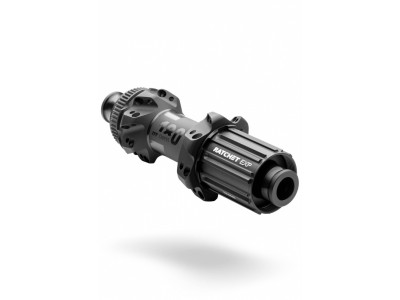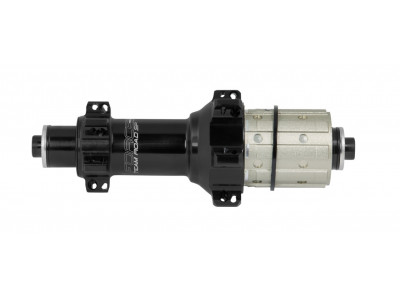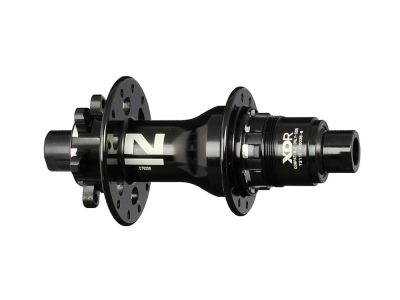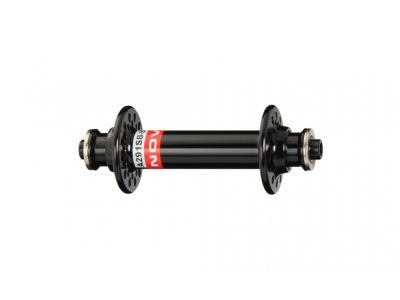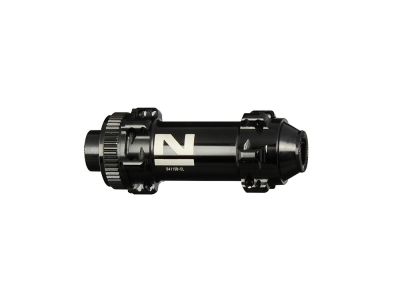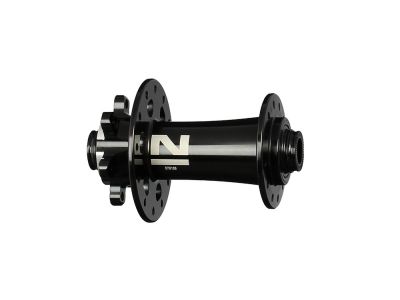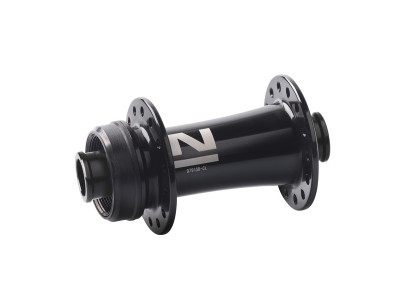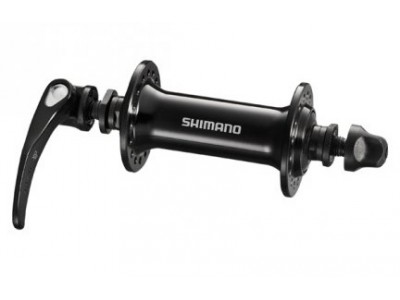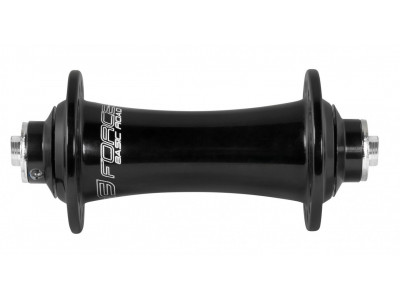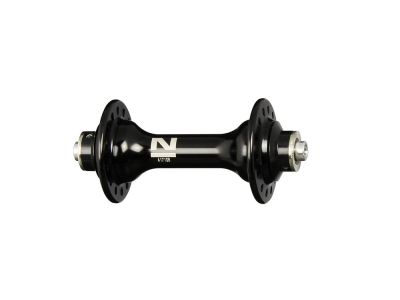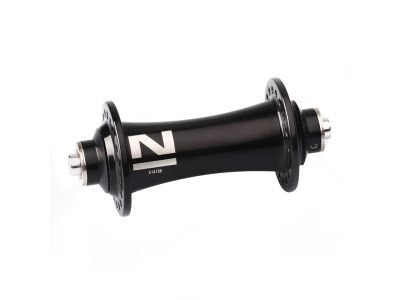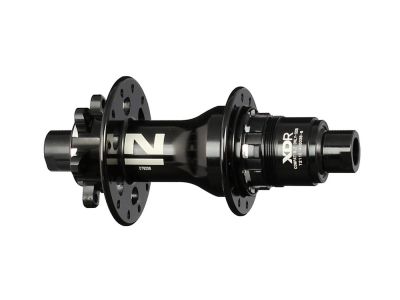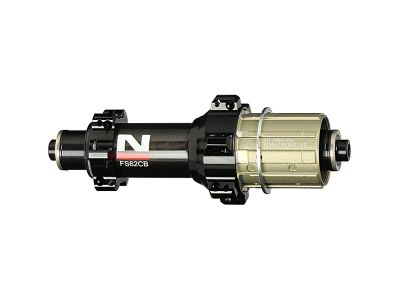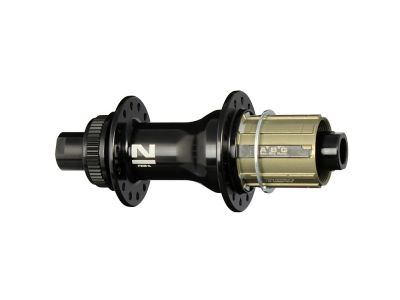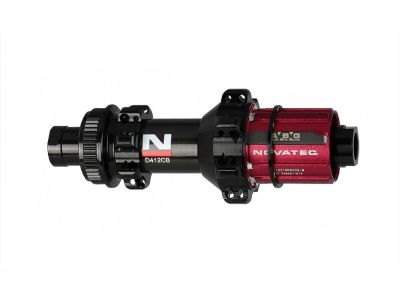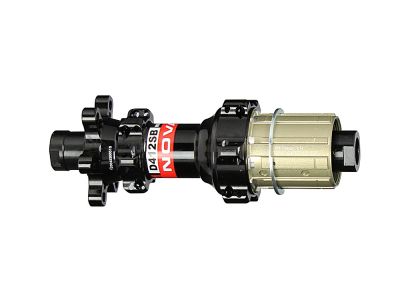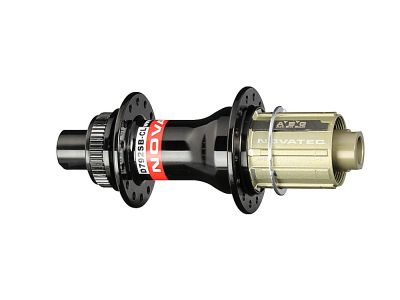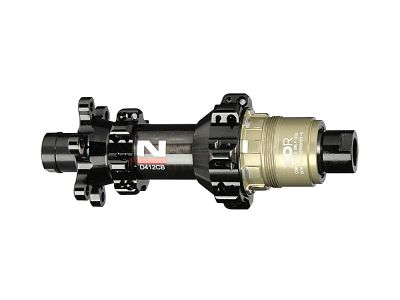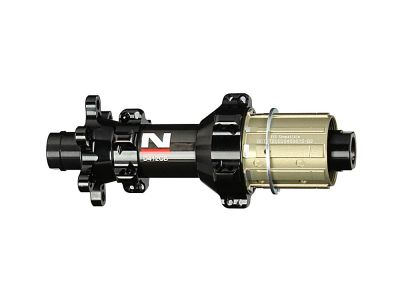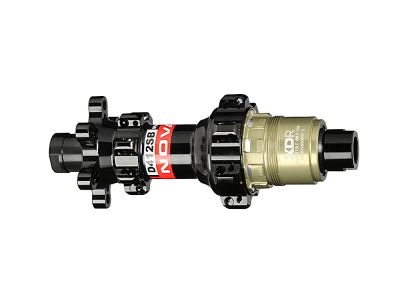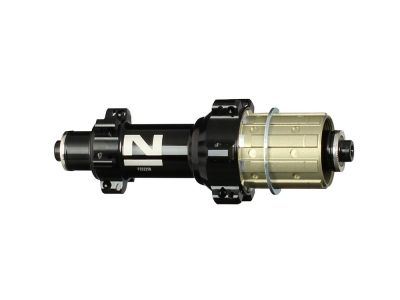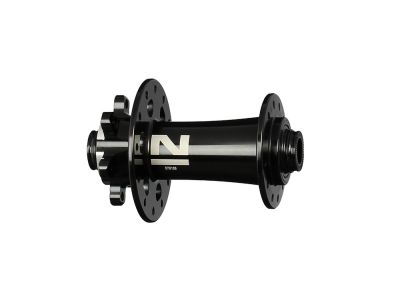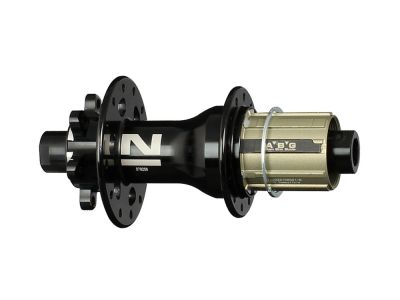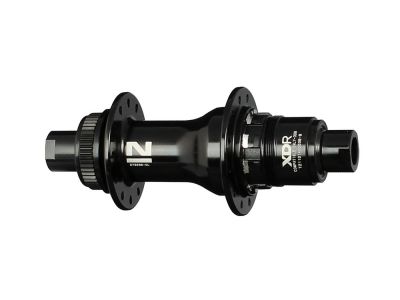The hub is the key part of the road bike wheel, located in its centre and connected by spokes to the rim. The wheel rotates around the hub and is attached to the frame using it. When choosing a hub for a road bike, it is good to consider several factors:
- Hub width: Road bikes have traditionally had a front hub width of 100 mm and a rear hub width of 130 mm. With the advent of disc brakes and gravel bikes, hub sizes were expanded to 100 mm and 142 mm for better stability. Recently, the BOOST standard (12 x 110 and 12 x 148 mm) has been expanded in road cycling as well.
- Axis types:
- Quick release axles : A hollow axle that passes through a hub with a lever tip for easy wheel attachment. It is usually used for 100 mm and 130 mm hubs.
- Thru-axles: Thru-axles are inserted directly into the frame or fork. This design provides increased stiffness, especially for bikes that use disc brakes, but requires a specific frame and fork with compatible spacing. The usual size is 12 x 100 mm front and 12 x 142 mm rear, or 12 x 110 mm and 12 x 148 mm for BOOST standard.
- Material:
- Aluminium: Lightweight and commonly used for road bike hubs. They are durable and offer a good balance between weight and price.
- Carbon fibre: The carbon fibre used in high-end hubs is lightweight and provides excellent stiffness. However, they tend to be more expensive.
- Number of Holes: A higher number of spokes generally results in a stronger and more durable wheel. However, more spikes mean more weight. The ideal number of spikes depends on factors such as rider weight, riding style and terrain.
- Bearing type:
- Taper bearing: Traditional serviceable bearings, composed of cone screws and balls. They require maintenance.
- Industrial bearings: Encapsulated bearings, they are quiet, have low resistance and cannot be disassembled. In case of wear, it is necessary to replace and press a new one.
Choosing the right hub for your road bike involves balancing factors such as weight, durability, ease of maintenance and cost. Consider your riding style, preferences, and budget to find a hub that suits your needs.
What specific properties do road bike hubs have?
Road bike hubs have several unique features that make them specially adapted for road cycling. Here are some of the features that make road bike hubs special:
- Lightweight construction: Speed and efficiency are often prioritized in road cycling, and weight reduction is a key factor in achieving this. Road bike hubs are designed to be lightweight and use materials such as aluminium alloys or carbon fibre to minimize weight without reducing strength or durability. This lightweight construction helps improve acceleration, climb and overall response.
- High quality bearings: Road bike hubs typically use high quality sealed industrial bearings. These bearings offer low friction and smooth rotation, allowing the wheels to spin freely and efficiently. The reduced rolling resistance that these bearings provide translates into higher speed and energy savings, which is essential for road cycling.
- Aerodynamics: Aerodynamics play a significant role in road cycling, where reducing wind resistance can significantly increase performance. Some road bike hubs have an aerodynamic design with sleek profiles and a smooth surface that minimizes air resistance. These hubs help reduce turbulence and improve airflow around the wheel, allowing riders to cut through the air more efficiently.
- Quick engagement: Road cyclists often require quick and precise power transfer, especially during sprints or when accelerating out of corners. Some road bike hubs are designed with mechanisms in the idler body to allow for faster power transfer. These hubs have a smaller angle of rotation before the engagement mechanism locks into the nut, ensuring almost instantaneous power transfer to the wheel.
- Rim brake compatibility: Although disc brakes are becoming more and more popular in road cycling, many road bike hubs are still designed for rim brakes. Rim brake hubs are typically lighter and offer a simpler, more traditional setup for riders who prefer this braking system.
- Wide flange spacing: To increase stiffness and stability, road bike hubs often have wider flange spacing. This increased distance increases the angle of the spokes, resulting in a stiffer wheel that can better handle the high forces of fast descents, sprints and hard cornering.
These specialized features of road bike hubs meet the specific requirements of road cycling and provide riders with lightweight, aerodynamic and high-performance components that increase speed, efficiency and the overall riding experience on the road.
What are the advantages of a quality hub?
A high-quality road bike hub offers several benefits, such as smoother and more efficient rolling, better energy transfer, greater durability, and better overall bike performance. In addition, a well-made hub can provide better control, stability and response, which contributes to a more pleasant and comfortable ride.
What is the difference between a standard road hub and a disc brake hub?
The main difference is the presence of mounting interfaces for brake discs on hubs designed for disc brakes. These interfaces allow the attachment of disc brake rotors, which provide better braking performance, especially in wet or in demanding conditions. On the other hand, standard road hubs have a lower weight and use classic rim brakes.
How often should I service my road bike hubs?
The frequency of hub service depends on various factors, including riding conditions, mileage, and maintenance method. As a general guideline, it is recommended to service your road bike hubs at least once a year or every few thousand kilometres. Regular maintenance includes cleaning, bearing checks and lubrication to ensure optimum performance and long life.

